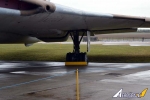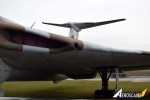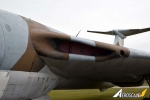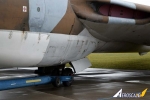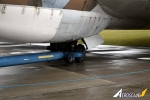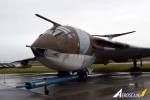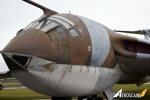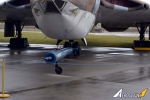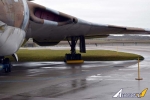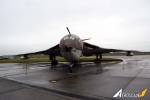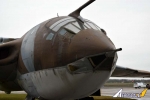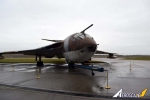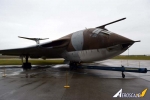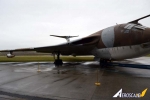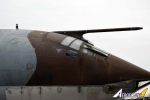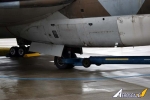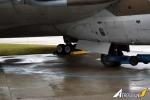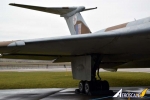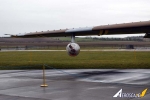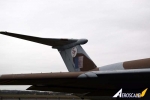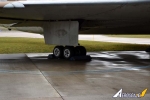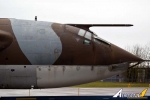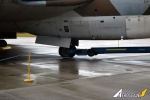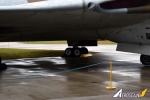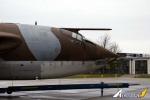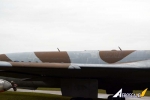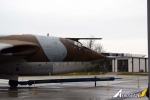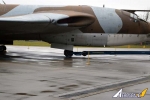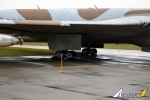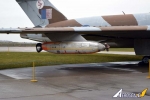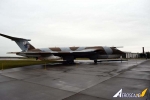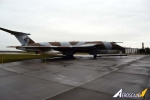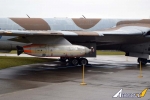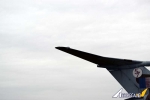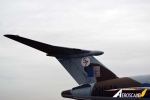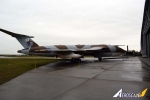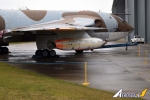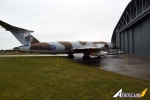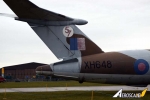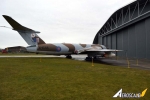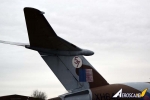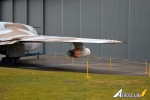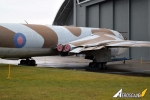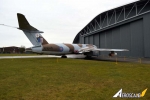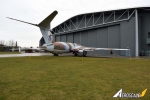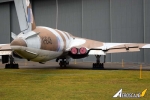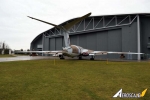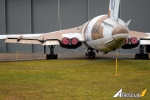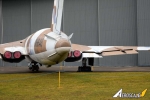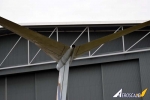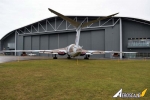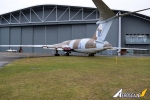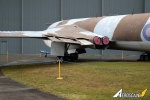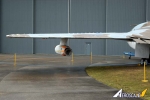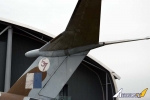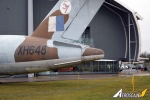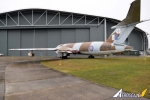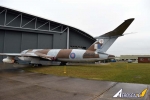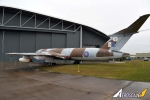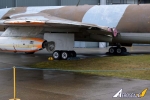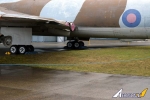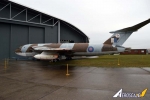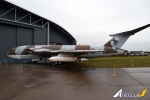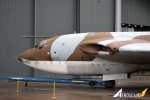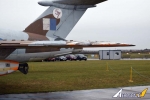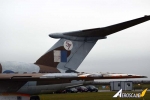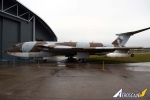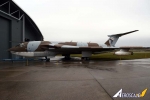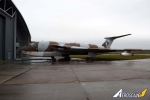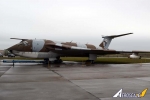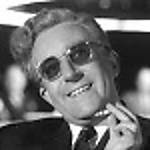1⁄1Victor B.1A (K2P)
5
Comments
History
The Handley Page Victor was a British jet-powered strategic bomber, developed and produced by the Handley Page Aircraft Company, which served during the Cold War. It was the third and final of the V-bombers operated by the Royal Air Force (RAF), the other two V-bombers being the Avro Vulcan and the Vickers Valiant. The Victor had been developed to perform as part of the United Kingdomís airborne nuclear deterrent. In 1968, the type was retired from the nuclear mission following the discovery of fatigue cracks, which had been exacerbated by the RAF's adoption of a low-altitude flight profile to avoid interception.A number of Victors had received modifications to undertake the strategic reconnaissance role, employing a combination of radar, cameras, and other sensors. As the nuclear deterrence mission was given to the Royal Navy's submarine-launched Polaris missiles in 1969, a large V-bomber fleet was deemed surplus to requirements. Consequently, many of the surviving Victors were converted into aerial refuelling tankers. During the Falklands War, Victor tankers were notably used in the airborne logistics operation to repeatedly refuel Vulcan bombers on their way to and from the Black Buck raids.
The Victor was the last of the V-bombers to be retired, the final aircraft being removed from service on 15 October 1993. In its refuelling role, the type had been replaced by the Vickers VC10 and the Lockheed Tristar.
History shamelessly stolen from Wikipedia
XH648
XH648 first flew on 27th November 1959 and was delivered to 57 Squadron at RAF Honington in December 1959. In October 1960 she was returned to HP at Radlett and converted to a B.1A (lots of new ECM equipment, uprated engines, improved radar and radio etc.) and return to the RAF in May 1961 - 15 Squadron at RAF Cottesmore. During 1962/63 she was part of Exercise Profiteer during the Indonesian Confrontation. In April 1964 she was assigned to 55 Squadron, and began low level sorties, losing her white paintwork and gaining green/grey camouflage instead.With the grounding of the Valiant fleet due to spar fatigue issues, an urgent need for replacement tankers was identified and XH648 was selected to be one of six B.1s converted to two-point tanker status. This meant she retained the ability to go and bomb something if need be, and resulted in a change of designation from K.1A to B.1A(K2P). Returned to 55 Squadron at RAF Honington in April 1965, they soon moved to RAF Marham, and when they began converting to Victor K.2s in June 1975, XH648 moved to 57 Squadron for a final year of service before being retired to Duxford on 2nd June 1976.
While at Duxford, Duxford Aviation Society members kept the airframe 'live' and regularly exercised many of her systems including flying control demonstrations, bomb bay openings, refuelling hose extensions and so on. She had a lot of work done on her between 1986 and 1989, culminating in a repaint which left her in superb condition. However the IWM management decided her gloss finish was not accurate (despite being far more practical) and ordered a matt varnish to be applied. A chemical reaction between the paint and the varnish left her looking absolutely awful within a matter of months, and the management also forbid any further demonstrations of her systems due to the dreaded 'Health & Safety'. The result was a forlorn and sad looking aircraft.
XH648's history comes to us from Thunder and Lightnings .
Comments
Thank you for the walk around. Except for the Centurion and Chieftain, I don't have much knowledge of UK Cold War hardware or doctrine.
Yet again I'm amazed by another British flying machine!
Thanks again,
Gary
AUG 07, 2015 - 03:21 PM
Darren, great series of views of this neat aircraft. Thanks for braving the rain. I just realized what the Victor reminds me of - Luftwaffe Do 317/Ju 188 with that distinct chin.
AUG 08, 2015 - 04:05 AM
Not my period or plane, but these are very helpful, so thanks for taking the time & trouble.
AUG 09, 2015 - 10:12 PM
Great photos. How you got such depth of field on such a miserable day is beyond me. And they're at "scale distance" too, if you know what I mean.
Number 14 is my favourite. (dsc_0631.jpg)
Ah, yes, a decent Victor. I once started a Matchbox Victor, gave it the works, reverting it to a pure bomber, re-scribed the surface, even got the intakes looking acceptable. But what defeated me was one of the wings. They are hugely thick of course at the root, and go into massive slots on the kit's fuselage. One popped right in. But the other... It. Just. Would. Not. Fit. Not even close.
They're still around, you know. Revell has it now. Maybe one day I'll get a fresh copy and start again. It's such a beautiful aircraft...
AUG 11, 2015 - 03:15 AM
Copyright ©2021 by Darren Baker. Images also by copyright holder unless otherwise noted. The views and opinions expressed herein are solely the views and opinions of the authors and/or contributors to this Web site and do not necessarily represent the views and/or opinions of AeroScale, KitMaker Network, or Silver Star Enterrpises. Images also by copyright holder unless otherwise noted. Opinions expressed are those of the author(s) and not necessarily those of AeroScale. All rights reserved. Originally published on: 2015-08-08 00:26:32. Unique Reads: 11963





